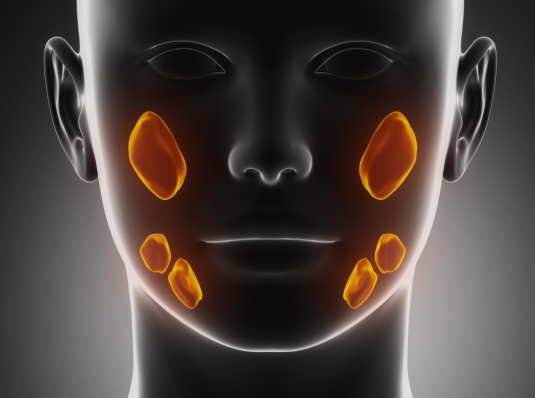Sjogren's Syndrome

What is Sjögren's Syndrome?
Sjögren's syndrome is a chronic autoimmune disorder where the body's immune system mistakenly attacks its own moisture-producing glands. This primarily affects the salivary and lacrimal glands, leading to symptoms of dry mouth and dry eyes. Additionally, it can involve other organs and systems, causing a wide range of symptoms and complications.
Facts About Sjögren's Syndrome
-
Prevalence: It affects approximately 0.5-1% of the population worldwide.
-
Demographics: Sjögren's syndrome predominantly affects women, with a female to male ratio of about 9:1.
-
Age of Onset: Most patients are diagnosed between the ages of 40 and 60, though it can occur at any age.
Causes and Risk Factors
The exact cause of Sjögren's syndrome remains unknown. However, several factors may contribute to its development:
- Genetic predisposition
- Environmental triggers
- Hormonal factors
Symptoms of Sjögren's Syndrome
Sjögren's syndrome manifests with a variety of symptoms, which may include:
- Persistent dry mouth (xerostomia)
- Dry eyes (keratoconjunctivitis sicca)
- Fatigue
- Joint pain and stiffness
- Swollen salivary glands
- Skin rashes or dry skin
- Vaginal dryness
Diagnosis and Management
Diagnosing Sjögren's syndrome involves a combination of medical history, physical examination, and specialized tests, such as blood tests and salivary gland biopsy. While there is no cure, management focuses on relieving symptoms and preventing complications:
-
Treatment Options:
- Artificial tears and saliva substitutes
- Medications to reduce inflammation
- Prescription medications for severe dryness
- Lifestyle adjustments to manage symptoms
Resources
- Support groups and online communities
- Educational materials and resources from organizations like the Sjögren's Syndrome Foundation
CIS does not provide medical advice, diagnosis or treatment. The content provided is for informational purposes only.
Back To Health Education